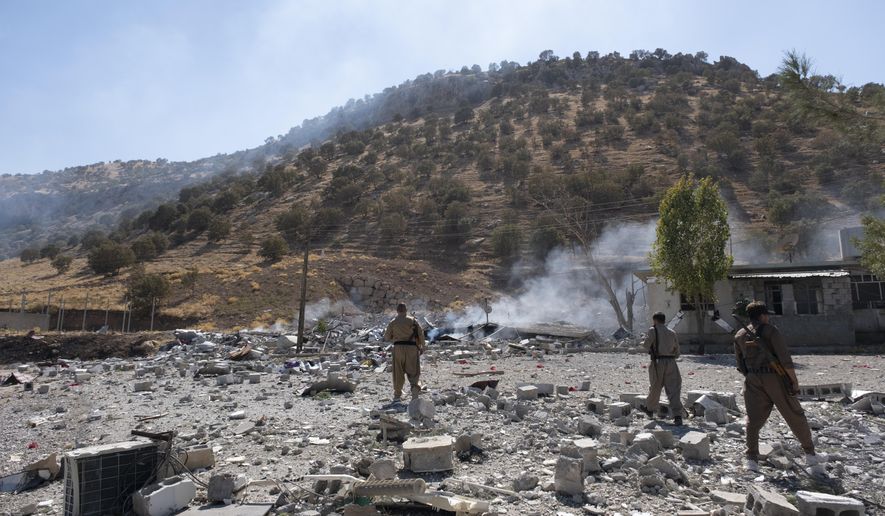BAGHDAD — Archaeologists in northern Iraq last week unearthed 2,700-year-old rock carvings featuring war scenes and trees from the Assyrian Empire, an archaeologist said Wednesday.
The carvings on marble slabs were discovered by a team of experts in Mosul, Iraq’s second-largest city, who have been working to restore the site of the ancient Mashki Gate, which was bulldozed by Islamic State group militants in 2016.
Fadhil Mohammed, head of the restoration works, said the team was surprised by discovering “eight murals with inscriptions, decorative drawings and writings.”
Mashki Gate was one of the largest gates of Nineveh, an ancient Assyrian city of this part of the historic region of Mesopotamia.
The discovered carvings show, among other things, a fighter preparing to fire an arrow while others show palm trees.
“The writings show that these murals were built or made during the reign of King Sennacherib,” Mohammed added, referring to the Neo-Assyrian Empire King who ruled from 705 to 681 BC.
The Islamic State group overran large parts of Iraq and Syria in 2014 and carried out a campaign of systematic destruction of invaluable archaeological sites in both countries. The extremists vandalized museums and destroyed major archaeological sites in their fervor to erase history.
Iraqi forces supported by a U.S.-led international coalition liberated Mosul from IS in 2017 and the extremists lost the last sliver of land they once controlled two years later.
The territory of today’s Iraq was home to some of the earliest cities in the world. Thousands of archaeological sites are scattered across the country, where Sumerians, Babylonian and Assyrian once lived.




Please read our comment policy before commenting.